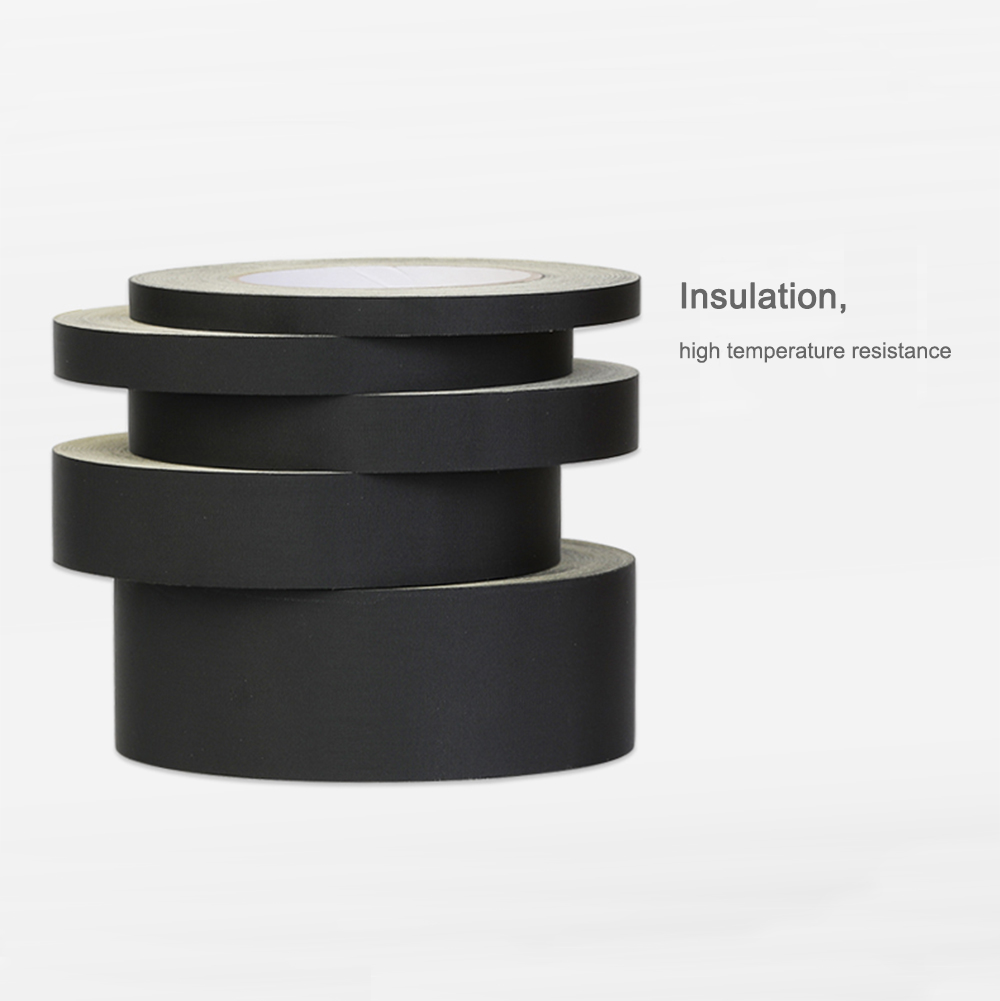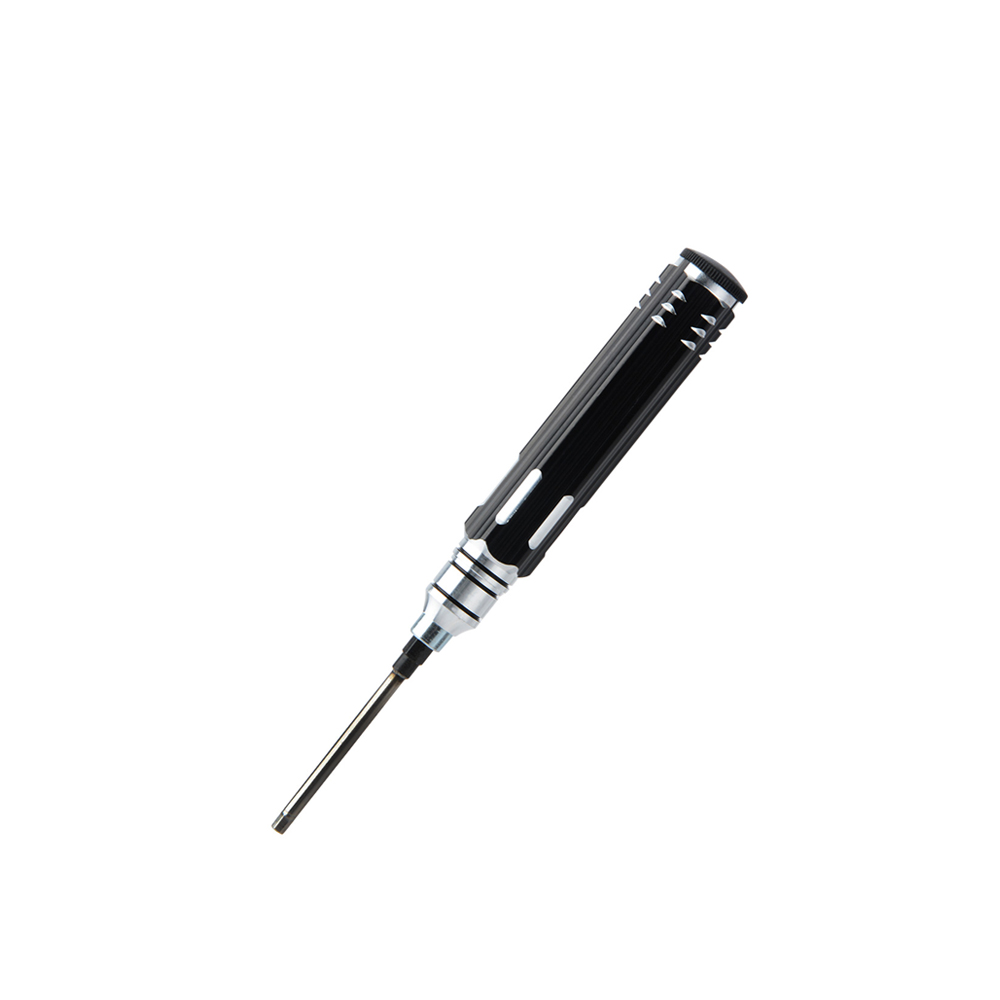Analysis: What are the safety requirements for LED lamps?
LED lamps have the advantages of energy saving and environmental protection, and the development of the lighting industry has become a major trend. Since the technology and product attributes used in LEDs are quite different from those of traditional lamps, the current general lamp safety standard specifications are obviously not applicable. What technologies and characteristics do LED lamps have? The OFweek Semiconductor Lighting Network will work with you to answer this question.
The so-called LED lamps, as the name suggests, refer to the use of LED (Light-emitting Diode) technology as the main source of illumination. LED is a solid-state semiconductor component that uses current to flow smoothly to the junction of the semiconductor pn junction, and then combines the negatively charged electrons separated from the semiconductor with the positively charged holes to generate photons. Launched, different types of LEDs emit light at different wavelengths, from infrared to blue, and from violet to ultraviolet. In recent years, new developments have been to apply fluorescent powder to blue LEDs to convert blue LEDs into white LED products. This operation generally needs to be matched with a driver circuit (LED Driver) or a power supply (Power Supply). The main function of the driver circuit or power supply is to convert the AC voltage into a DC power supply and simultaneously complete the voltage and current corresponding to the LED. To drive the matching components.
LED bulbs are small in size, light in weight, and encapsulated in epoxy resin. They can withstand high-strength mechanical shock and vibration, are not easily broken, and have a long decay period, so their service life can be as long as 5000-100,000 hours, far more than the traditional 1000 hours for tungsten filament bulbs and 10,000 hours for fluorescent tubes. Since the LED lamps can be used for 5 to 10 years, they can not only greatly reduce the cost of lamp replacement, but also have the ability to drive light with a very small current. In the same lighting effect, the power consumption is only One-half of the fluorescent tubes, so LEDs also have the advantages of power saving and energy saving.
However, because some of the LED technology is not enough, the shortcomings originally used in the luminaire include poor light quality (color rendering, consistency, color temperature), low heat dissipation, and high price, and improper heat dissipation. This causes the brightness of LED luminaires and the life of circuit components to accelerate. With the rapid advancement of manufacturing technology in the past decade, the above-mentioned shortcomings, including the thermal resistance of LEDs, are gradually decreasing, and the light quality is also improving. In 2008, in addition to LED white luminescence, the luminous efficiency has reached 100 Lm/W, and the luminous efficiency of LED warm white light is expected to increase from the current 70 Lm/W to 100 Lm/W in 2010. Compared with other common light sources, the tungsten light bulb is about 15 Lm/W, the fluorescent fluorescent lamp is about 45~60 Lm/W, and the HID lamp is about 120~150 Lm/W. The luminous efficiency of the LED obviously has an advantage.
A drone, from parts to perfect machine, we need to carefully install, adjust and test. We need some small tools to help us get it done. They are some screws, Tape, silicone wire, DuPont wire, 3M tape, transformer, switchboard and more. They make the whole process easier, faster and more beautiful. These can be found from us, and perhaps help you find the products you need.

tool,Tape,Battery strap,Lace,Silicone Line,Screw,3M
shenzhen GC Electronics Co.,Ltd. , https://www.jmrdrone.com